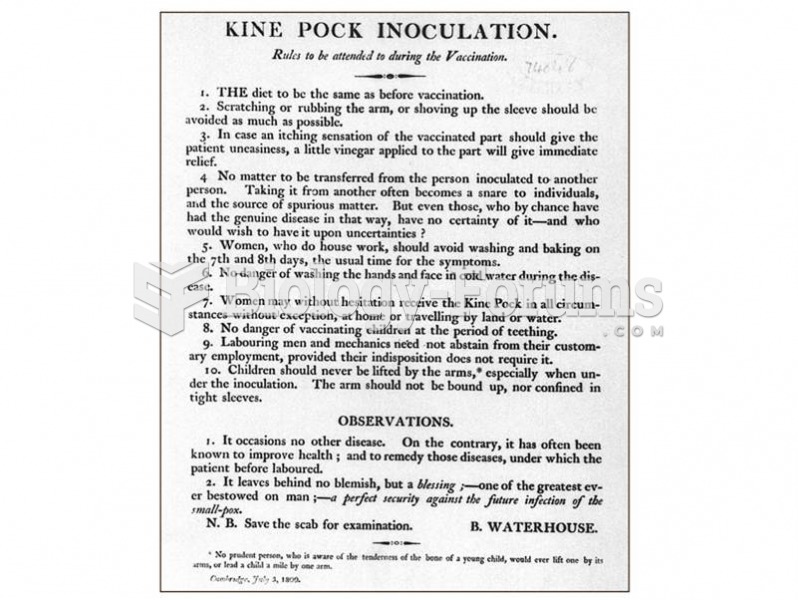|
|
|
After 5 years of being diagnosed with rheumatoid arthritis, one every three patients will no longer be able to work.
The heart is located in the center of the chest, with part of it tipped slightly so that it taps against the left side of the chest.
After a vasectomy, it takes about 12 ejaculations to clear out sperm that were already beyond the blocked area.
There are 60,000 miles of blood vessels in every adult human.
There used to be a metric calendar, as well as metric clocks. The metric calendar, or "French Republican Calendar" divided the year into 12 months, but each month was divided into three 10-day weeks. Each day had 10 decimal hours. Each hour had 100 decimal minutes. Due to lack of popularity, the metric clocks and calendars were ended in 1795, three years after they had been first marketed.







